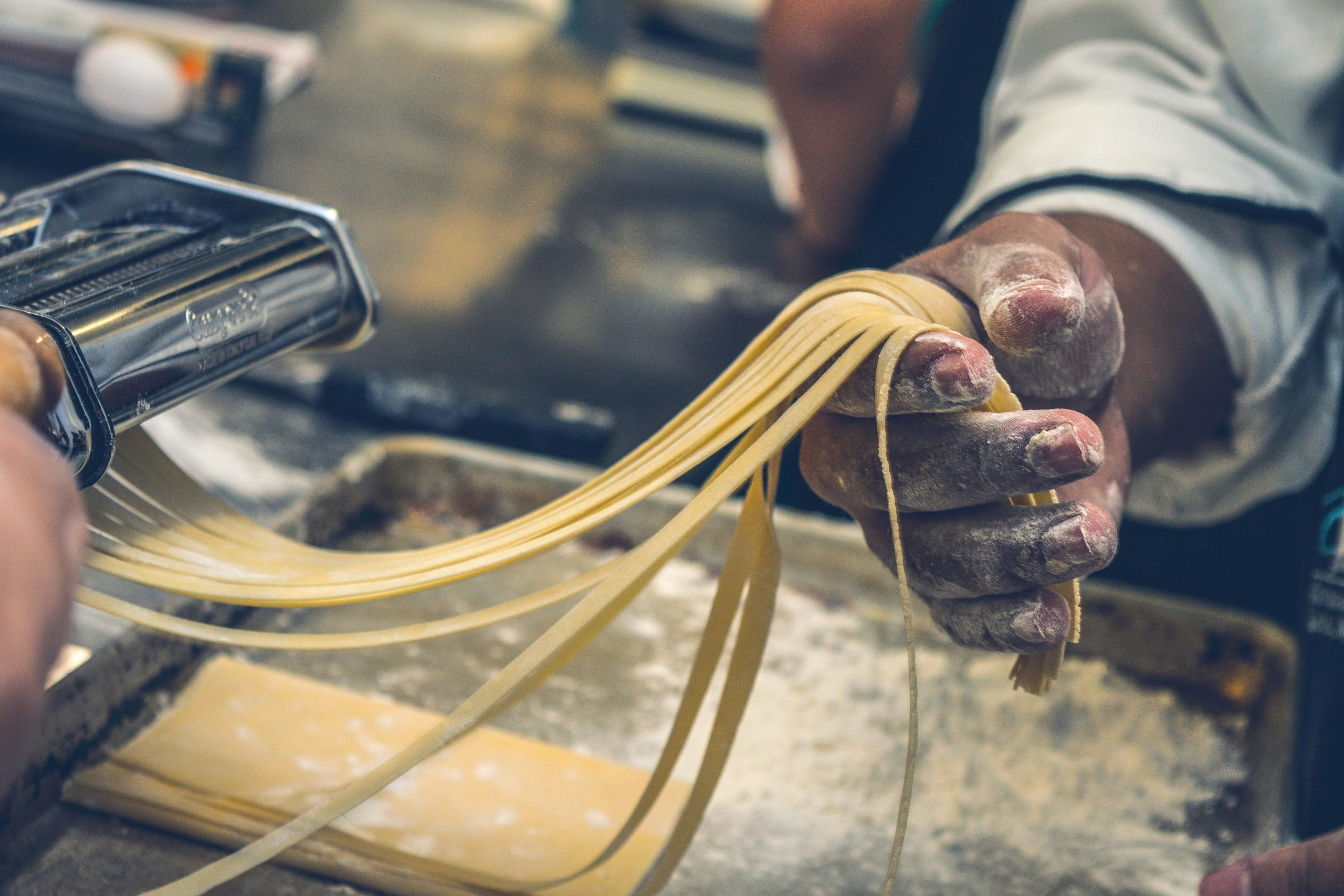The Art Of Making Traditional Fermented Beverages
Fermentation has been used for centuries as a way to preserve and increase the nutritional value of foods and beverages. From bread and cheese to beer and wine, fermentation is a natural process that transforms the molecular structure of foods and creates unique flavors and textures. One of the most fascinating and traditional forms of fermentation is the art of making traditional fermented beverages. In this article, we’ll explore the history, science, and techniques behind making these beloved drinks.
The History of Traditional Fermented Beverages
The origins of traditional fermented beverages can be traced back thousands of years. Many cultures and civilizations, from ancient Egypt to China, have used fermentation as a way to produce and preserve beverages. The earliest evidence of fermented beverages dates back to 6000 BC in ancient Georgia, where archaeologists discovered traces of grape wine. And in ancient Mesopotamia, clay tablets have been found documenting the brewing of beer as early as 4000 BC.
Throughout history, fermented beverages have played a significant role in social, cultural, and religious events. In ancient societies, drinks like wine and mead were often associated with divine or religious rituals. In medieval Europe, beer became an essential part of everyday life, and entire families were involved in the brewing process. Even today, traditional fermented beverages continue to hold special meaning and significance in different cultures around the world.
The Science Behind Traditional Fermentation
So, what exactly happens during the process of fermentation? Put simply, fermentation is a chemical process caused by microorganisms, such as bacteria or yeast, that transforms the sugars in food into other compounds, like alcohol or lactic acid. Different types of bacteria and yeast produce different types of fermented beverages, each with its own unique flavors and characteristics.
The key to successful fermentation lies in controlling the conditions and providing the right environment for the microbes to do their work. Factors such as temperature, pH levels, and fermentation time all play a role in determining the taste, texture, and overall quality of the finished product.
The Art of Making Traditional Fermented Beverages
While the science behind fermentation is fascinating, the art of making traditional fermented beverages is truly a labor of love. Unlike modern methods of mass production, traditional fermentation relies heavily on tradition, culture, and patience. Many traditional beverages, like sake, require years of aging to reach their full potential.
Choosing the Right Ingredients
The most critical step in making traditional fermented beverages is selecting the right ingredients. Typically, these would include water, some form of sugar, and a type of yeast or bacteria. Fruits, honey, grains, and even vegetables can also be used, depending on the specific drink being made. The quality and composition of the ingredients play a crucial role in the final product.
The Fermentation Process
Once the ingredients are selected, the fermentation process begins with mixing everything together in a specific ratio. Temperature and pH levels are carefully monitored and maintained throughout the process to promote the growth and activity of the microbes while controlling the growth of any undesirable bacteria. This fermentation stage can last anywhere from a few days to several months, depending on the type of beverage.
The Aging Process
After fermentation is complete, many traditional fermented beverages require a period of aging to reach their full potential. During this stage, the beverage is stored in barrels or containers, allowing time for the flavors to develop and mature. As with any art form, the aging process requires skill, experience, and patience to achieve the perfect balance of flavors and textures.
The Benefits of Traditional Fermented Beverages
Besides being delicious, traditional fermented beverages offer numerous health benefits. Fermentation increases the bioavailability of nutrients, making it easier for our bodies to absorb them. Fermented beverages are also a source of probiotics, which promote gut health and support the immune system. Many traditional fermented drinks have also been linked to reduced inflammation and improved digestion.
Moreover, traditional fermentation methods are more sustainable and environmentally friendly compared to modern industrial production methods, making fermented beverages a more eco-friendly choice.
The Bottom Line
The art of making traditional fermented beverages is a combination of science, tradition, and patience. These beloved drinks have stood the test of time, embodying the cultural and social fabric of different societies around the world. From the delicate flavors of sake to the bold and complex notes of wine, traditional fermented beverages are a reflection of the people and the land from which they originate. So, the next time you enjoy a glass of your favorite fermented beverage, raise a toast to the art and history that went into creating it.










